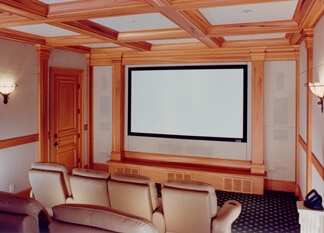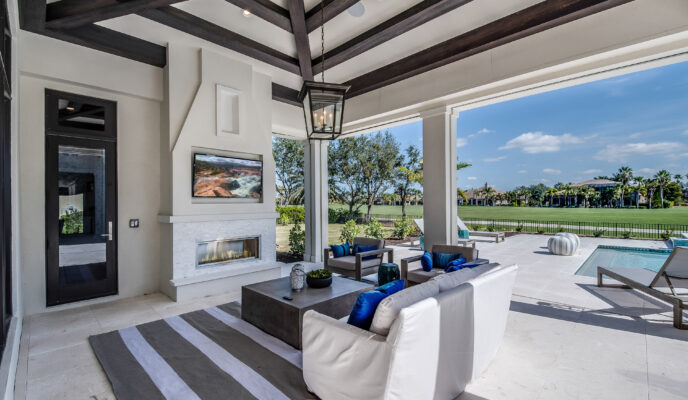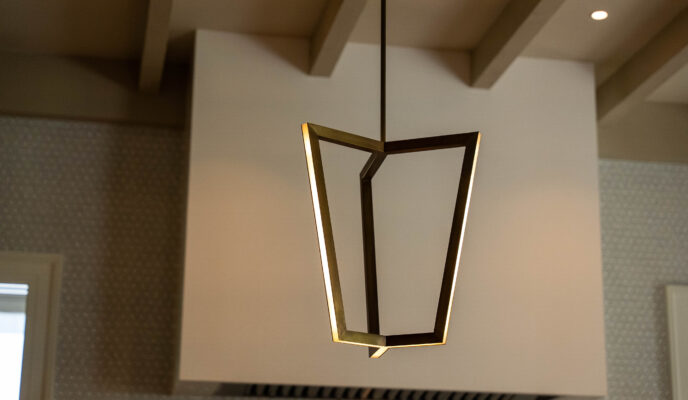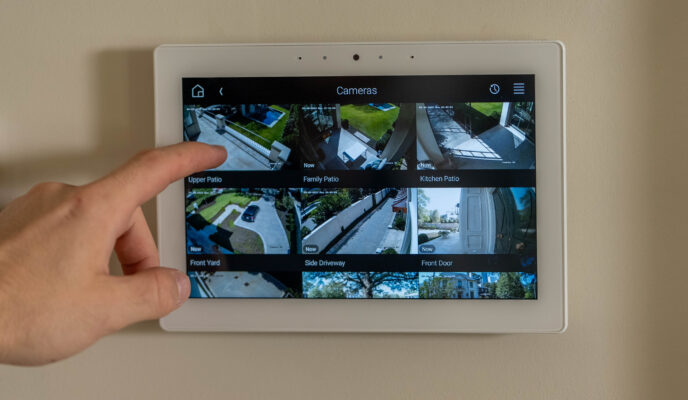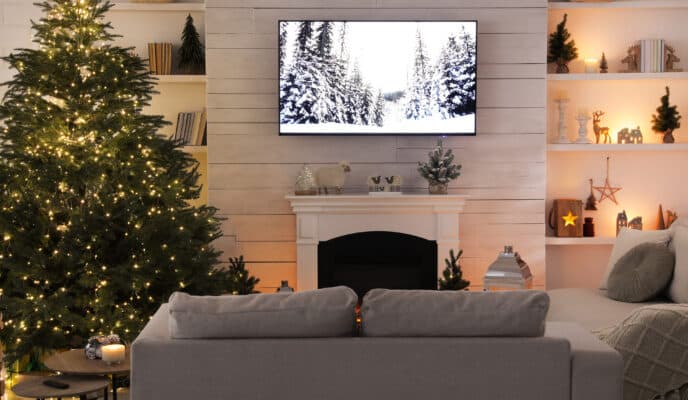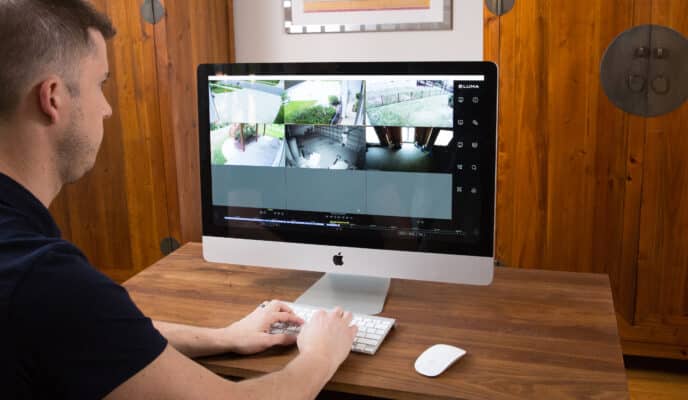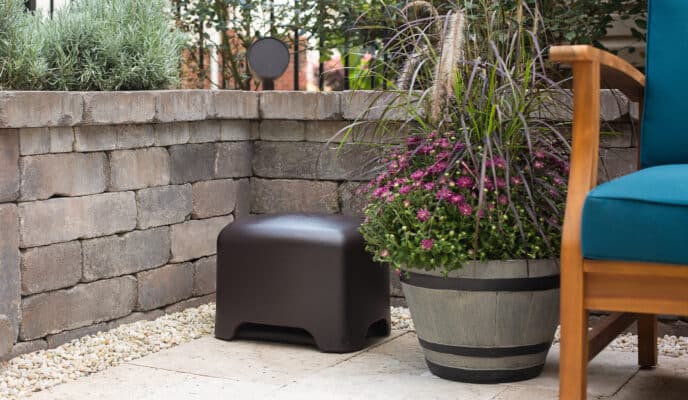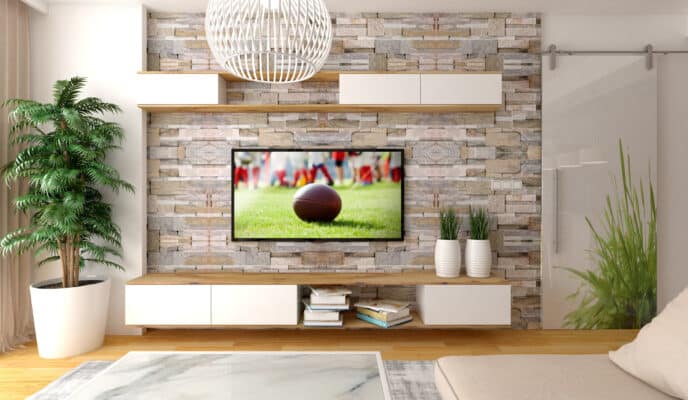Are you considering converting a room in your home into a state-of-the-art home theater? Home theaters are enjoying increasing popularity because they give you and your family the feeling of going to the movies without leaving your house.
If you are thinking about investing in a home theater, you likely want to get the biggest screen possible. It is important to pick a size that is large but not overwhelming for the size of your space. For example, think of walking into an IMAX theater. Although the size of the screen feels daunting, it is not too overwhelming because of the size of the room. Therefore deciding what size projector screen you need for your home theater depends on the size of the room you’re putting it in.
Home Theater Screen Size Options
In addition, the size of your screen could also be limited by the type of projector you use and where it is placed. If it’s mounted in a specific place, your screen size will be determined by the projector’s zoom range. A short throw projector can make a larger screen in a smaller space, usually encompassing a distance of 3 to 8 feet. A long throw projector can throw an image across rooms as large as conference rooms or university lecture halls. To determine the right distance between projector and screen, you can use the 2:1 ratio. For every foot of image width, your projector should be 2 feet away from the screen. If you have a screen that’s 100 inches wide, that’s 8.3 feet. 8.3 multiplied by 2 is 16.67 feet, which means your projector should be about 17 feet away from the screen.
Home Theater Screen Options
Finally, you need to decide what type of screen you want for your home theater. You may have heard of the term aspect ratio, also known as format, which is the ratio of width to height of a rectangle. Before flat-screen TVs, the movies you saw on your TV were formatted from the aspect ratio it had when it ran in theaters into an aspect ratio that fit the screen on your television. Virtually all flat-screen smart TVs today come with a 16:9 widescreen ratio. Movies are most commonly presented in a 2.40:1 aspect ratio, though about 20% are presented in a 1.85:1 aspect ratio. If movies are the primary content you’ll be watching in your home theater, you should go with a 2.40:1 aspect ratio. If you’re interested in hosting sports watch parties, a 16:9 ratio is probably a better fit.
Home Theater Audio Options
We recommend beginning your home theater audio system with a 5.1 channel system to give you a full-surround experience — 5 being the number of speakers and 1 being the number of subwoofers. The two most popular speaker systems are Dolby Digital, the most commonly used speaker in movie theaters, and DTS, which is considered to be marginally above Dolby Digital in terms of sounding more realistic. For an even better audio experience, consider Dolby Atmos, which creates 3D sound by pushing specific audio to specific speakers. If you decide to upgrade in the future, consider a 6.1, 7.1, 7.2, or 9.1, for an even better experience. These numbers indicate the ratio of speakers to subwoofers found in the speaker system.
Home Theater Seating Arrangement Options
Finally, you need to think about how many seats can fit in the room and remember there should be a good space between the screen and the first row of seats. The proper space between the first row of seats and the screen should be twice the height of the screen to avoid discomfort. At five or six times the screen height, the screen might start to feel too small, making the ideal distance between the best seat and the screen somewhere in the middle.
Setting up a home movie theater can be a complex endeavor, and if you don’t have experience, there’s a lot of guesswork involved. You can eliminate that guesswork by partnering with
Aaron’s Home Tech. Give us a call today, and we’ll help you create the perfect home theater experience. We’ll measure the dimensions of your theater and help you determine the best seating so you and your family can relax and enjoy the show.

